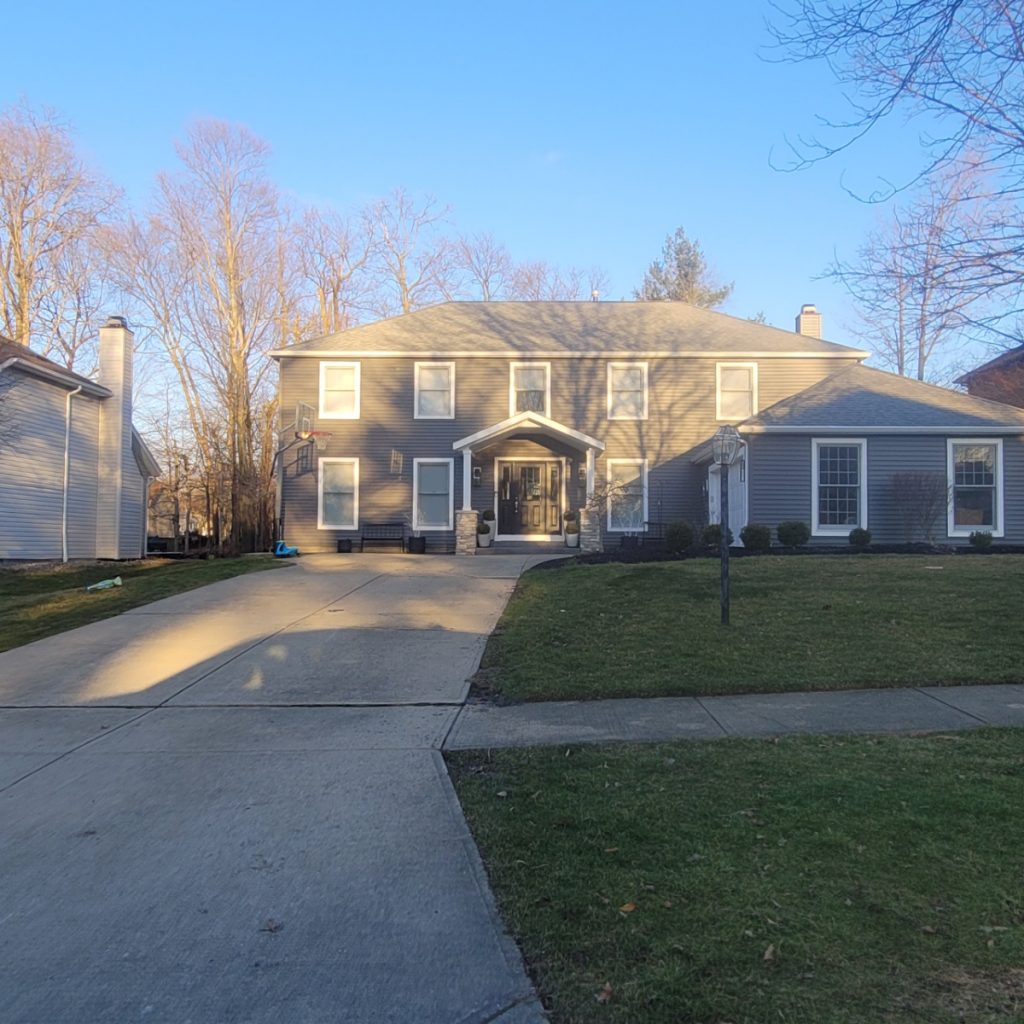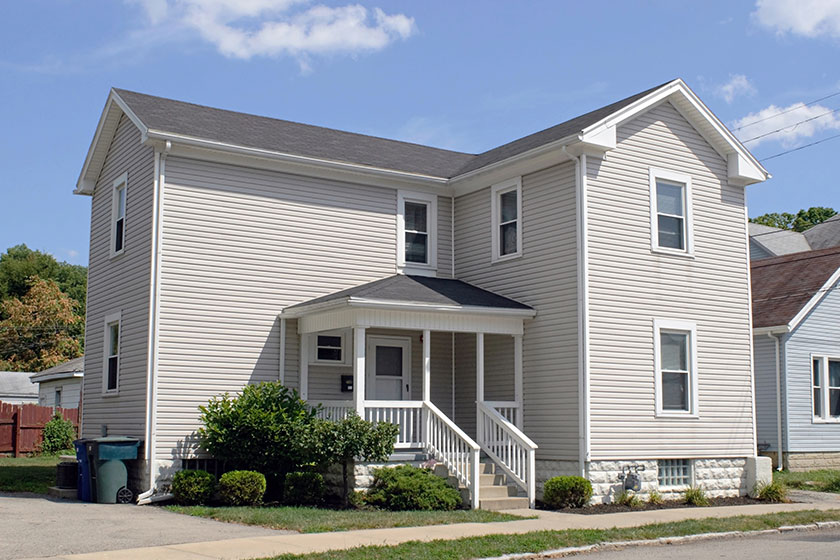
Is your view obscured by foggy windows first thing in the morning? Do you frequently find water droplets on your window panes or sills? For many homeowners in Cuyahoga Falls and Northeast Ohio, window condensation is a familiar sight, especially as seasons change. But what does it actually mean? Is it a minor annoyance, a sign of a serious window problem, or something else entirely?
At Weatherseal Home Services, we help homeowners understand the “why” behind their window woes. Condensation isn’t always a sign of a “bad” window, but its location can tell you a lot. Let’s decode the different types of window condensation.
The Basics: Why Does Condensation Form?
Simply put, condensation appears when warm, moist air comes into contact with a cooler surface. As the air cools, its ability to hold moisture decreases, causing excess water vapor to turn into liquid droplets on that cool surface – in this case, your window glass. The key factors are the temperature difference between the air and the surface, and the humidity level of the warmer air.
Type 1: Interior Condensation (On the Inside Surface of Your Windows)
This is when you see fog or droplets on the room-side surface of your window glass.
- Common Causes:
- High Indoor Humidity: Everyday activities like cooking, showering, running humidifiers, drying clothes indoors, and even just breathing add moisture to your home’s air. New construction materials can also release moisture for a period.
- Poor Ventilation: Insufficient air exchange traps moist air inside.
- Cold Window Surfaces: More common in winter when warm, humid indoor air hits cold window panes. Older, less energy-efficient windows will have colder interior glass surfaces.
- What It Might Mean: Often, this indicates that the humidity levels inside your home are too high. While inefficient windows can make the problem worse by providing a colder surface, the root cause is usually excess indoor moisture.
- What You Can Do:
- Use exhaust fans in kitchens and bathrooms during and after moisture-producing activities.
- Ensure your clothes dryer is properly vented to the outside.
- Check and potentially lower settings on humidifiers.
- Slightly open windows for brief periods to allow fresh air exchange (when outdoor conditions permit).
- Improve air circulation around windows (e.g., open blinds/drapes).
Type 2: Exterior Condensation (On the Outside Surface of Your Windows)
If you see dew or fog on the outermost surface of your windows, especially on cool mornings after a humid night (common in spring and fall):
- Common Causes: The exterior surface of your window glass has cooled down overnight to below the dew point of the outside air. The warm, moist outdoor air then condenses on this cool glass.
- What It Means: Believe it or not, this is generally a good sign! It indicates that your windows are highly energy-efficient. The outer pane of glass is well-insulated from your home’s interior heat, allowing it to cool down sufficiently for exterior condensation to occur. Your windows are doing their job of keeping heat where it belongs.
- What You Can Do: Nothing is needed. This type of condensation will typically evaporate as the outdoor temperature rises during the day.
Type 3: Condensation Between the Panes (Inside the Sealed Glass Unit)
This is the type of condensation that signals a definite window problem. You’ll see fog, haziness, streaks, or even water droplets trapped between the two panes of glass in a double or triple-pane window.
- Common Causes: The airtight seal of the insulated glass unit (IGU) has failed.
- Moisture-laden air has infiltrated the space between the panes.
- The desiccant material (a drying agent within the window’s spacer system) has become saturated and can no longer absorb moisture.
- What It Means:
- Your window’s insulating properties are severely compromised. Any special gas fill (like Argon or Krypton) has likely escaped.
- The window is no longer energy efficient, leading to higher heating and cooling costs.
- The view is permanently obscured, and the moisture cannot be wiped away.
- What You Can Do: Unfortunately, for this type of condensation, the only permanent solution is to replace the insulated glass unit or, more commonly, the entire window sash or window.
When to Call Weatherseal Home Services
It’s time to consult with our experts if:
- You have persistent condensation between the glass panes.
- Interior condensation is excessive and difficult to manage with humidity control, especially if it’s mainly on older, drafty windows.
- You’re unsure about the type of condensation you’re seeing or what it means for your home’s energy efficiency.
- You’re considering upgrading to modern, energy-efficient windows that can help manage interior condensation and will prevent between-pane issues for years to come.
Weatherseal’s Solutions for Your Window Concerns
- Expert Diagnosis: We can accurately identify the cause of your window condensation.
- High-Performance Replacement Windows: We offer a range of windows with advanced features like Low-E glass, inert gas fills, and warm-edge spacer technology. These features keep the interior pane of glass warmer, reducing the likelihood of interior condensation, and are built with robust seals to prevent failure.
- Professional Installation: Our expert installation ensures an airtight fit and proper sealing, maximizing your new windows’ performance and longevity.
Clear Views and Comfortable Homes
Understanding window condensation is the first step to resolving any underlying issues. While not all condensation is problematic, it’s important to know when it signals that your windows aren’t performing their best.
If you’re experiencing troublesome window condensation in your Cuyahoga Falls area home, contact Weatherseal Home Services today. We provide expert advice, clear solutions, and quality window products to ensure your home is comfortable, energy-efficient, and offers a clear view for years to come!









